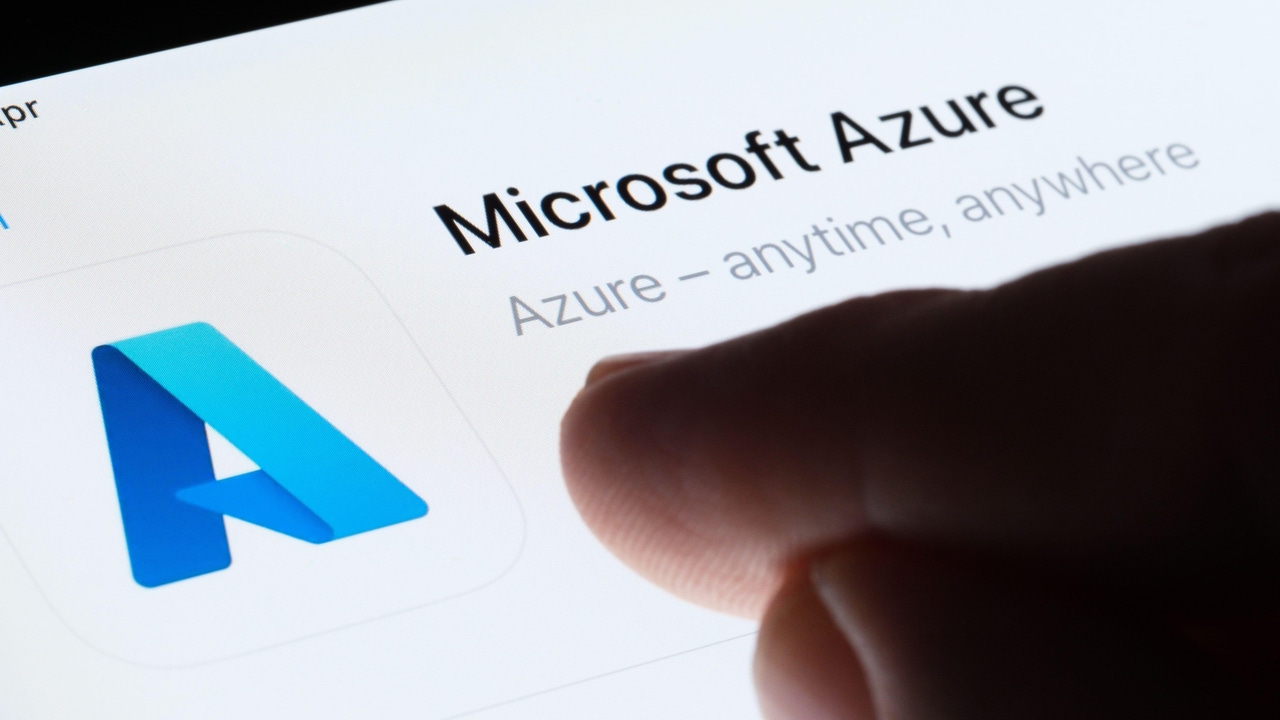Manufacturers Lose Azure Creds to HubSpot Phishing AttackManufacturers Lose Azure Creds to HubSpot Phishing Attack
Cyberattackers used fake DocuSign links and HubSpot forms to try to solicit Azure cloud logins from hundreds of thousands of employees across Europe.
December 18, 2024

A full 20,000 employees of European manufacturing companies have been targeted by a phishing campaign.
According to Palo Alto Networks' Unit 42, the activity peaked in June and survived until at least September. The cyberattackers targeted automotive, chemical, and industrial compound manufacturing companies, primarily in Western European countries like the UK, France, and Ger
The attackers' goal was to lure employees into divulging credentials to their Microsoft accounts, particularly in order to gain access to their enterprise Azure cloud environments.
DocuSign, HubSpot & Outlook Phishing
The infection chain began either with an embedded HTML link or a DocuSign-enabled PDF file named after the targeted company (e.g., darkreading.pdf). In either case, the lure funneled victims to one of 17 HubSpot Free Forms. Free Forms are HubSpot's customizable online forms for gathering information from website visitors.
The forms were not actually used to gather any information from victims. They were bare, and clearly written by a non-native speaker. "Are your [sic] Authorized to view and download sensitive Company Document sent to Your Work Email?" they asked, with a button to view the purportedly sensitive document in "Microsoft Secured Cloud."
Those who fell for this step were redirected to another page, mimicking a Microsoft Outlook Web App (OWA) login page. These pages — hosted on robust, anonymous bulletproof virtual private servers (VPS) — incorporated their targets' brand names, with the top-level domain (TLD) ".buzz" (as in www.darkreading.buzz. Victims' Microsoft credentials were harvested here.
With stolen accounts in hand, the threat actor set about burrowing into targets' enterprise cloud environments. The next important step to that end involved registering their own device to victims' accounts. Doing so allowed them to log in thereafter as an authenticated user, and thus avoid triggering security alerts. They enhanced their disguise further by connecting through VPN proxies located in the same country as their target.
Registering a device also provided a point of persistence against any attempts to unseat the attacker. In one case Unit 42 observed, for example, an IT team was stymied as soon as they tried to regain control of a stolen account. Seeing that they might be booted, the attacker initiated a password reset, knowing that the link to do so would be sent to them. A "tug-of-war scenario" ensued, Unit 42 reported, triggering several more security alerts along the way until the matter was resolved.
Cyberattackers Broaden their Horizons to the Cloud
The volume of compromised users and organizations in this campaign is unknown, though likely low. As Nathaniel Quist, senior threat researcher at Unit 42, points out, "since this operation equates to a double breach event, as the phishing email must be opened, then an additional operation of successfully requesting Azure credentials needed to occur. We suspect that an even smaller number of victims would have also provided the cloud credentials. For example, not every victim would also be using Azure infrastructure for their cloud operations."
What's clearer is what would have happened to those organizations that were breached. With account credentials and a point of persistence, the attackers would have embedded themselves deeper into enterprise cloud environments, "by either escalating their access to create, modify, or delete cloud resources by attaching more privileged [identity and access management] policies, or they would have moved laterally within the cloud environment toward storage containers that the victim IAM account may have had access to," Quist says.
Though at first glance it might appear a fairly standard phishing operation, Quist says, it also reflects something broader about cyberattack trends lately — a gradual move toward broader, more ambitious cloud attacks.
"From my view, we are starting to see a growing trend of phishing operations that are not establishing a malware-focused beachhead on the victim system, but instead are targeting the user's access credentials to either cloud platforms, like Azure in this case, or SaaS platforms," he says. "The victim endpoint is only the initial access into the larger cloud platform it is connected to."
About the Author
You May Also Like



_Nils_Ackermann_Alamy_Stock_Vector_.jpg?width=700&auto=webp&quality=80&disable=upscale)
